Regal Jumping Spider (Phidippus regius) YouTube

Phidippus Regius brief bite report . Text Hi all, we recently lost our old grumpy Regal, Kyle.. 40 minutes after the bite the burning began subsiding quickly and the area of tingling began shrinking. After about 60 minutes, my finger felt normal aside from a tiny amount of discomfort if the bite location was pressed on.
Phidippus regius The Spider Shop
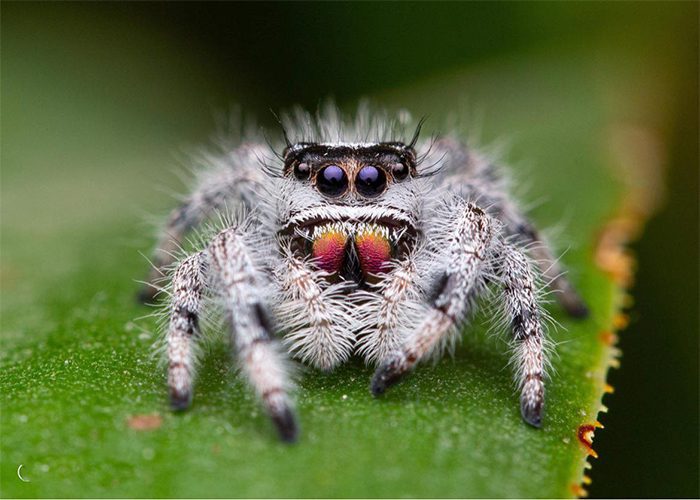
Physical Description and Identification Are Phidippus Spiders Venomous? Can Phidippus Spiders Bite? Ecological Importance and Behavior of Phidippus Spider Quick Facts Did You Know Spiders Belonging to this Genus Phidippus adonis Phidippus adumbratus Phidippus amans Phidippus albulatus Phidippus apacheanus Phidippus ardens Phidippus arizonensis
Phidippus regius (female) Florida Patrick Zephyr Photography
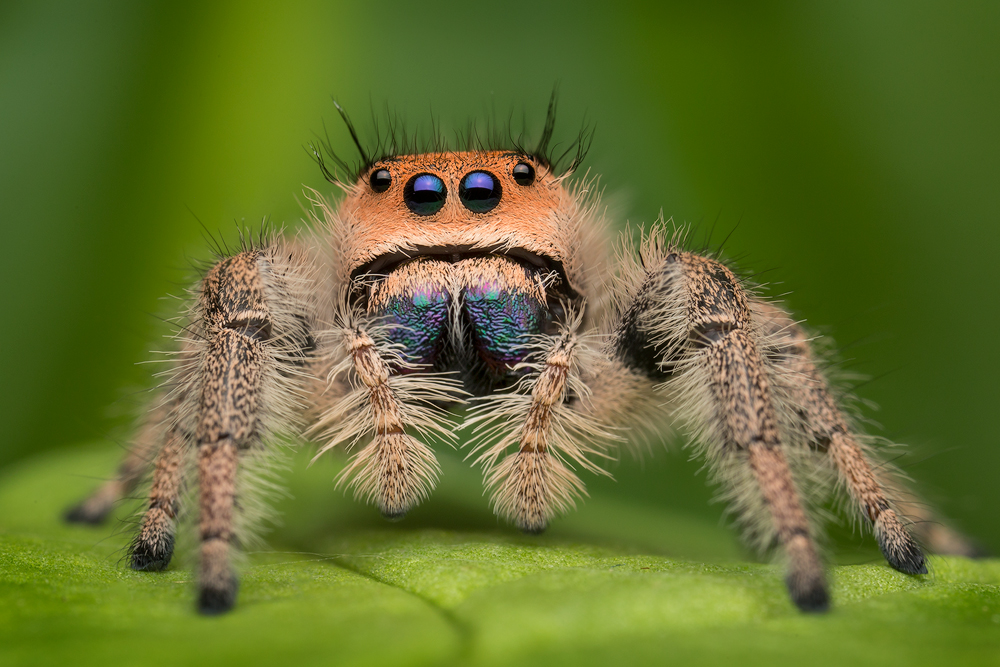
Phidippus regius, the regal jumping spider, is one of the largest species of the jumping spiders of the Phidippus genera. It occurs mostly in the Southeastern United States as well as the Caribbean and the Easter Islands. The largest share of its population can be found in the state of Florida.
Phidippus regius "Nord Florida" Kaiserstuhl Mantiden

Jumping spiders, including phidippus regius, go through several life stages before reaching maturity. These stages are egg sac, spiderling, and adulthood. The first stage in the regal jumping spider's life cycle is the egg sac. Roughly the size of a grape, females of the species lay egg sacs under tree bark.
Phidippus regius Florida Patrick Zephyr Photography
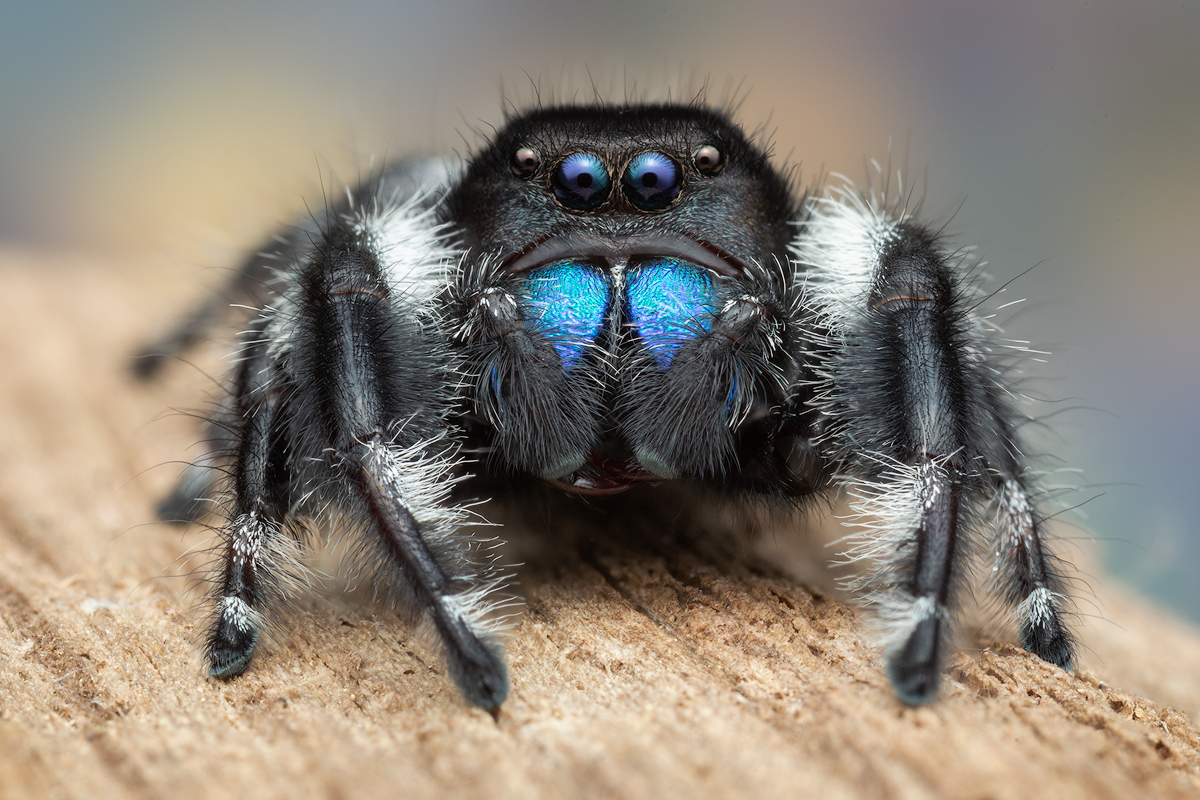
The phidippus regius, commonly known as the regal jumping spider, has a very bold personality. While the adult male jumping spider has an average length of 6-18 mm, the female adult royal jumping spider measures 7 to 22 mm, with an average length of 15 mm.. Although regal jumping spiders are not aggressive, they can bite if they feel.
Découvrez la Phidippus regius (araignée sauteuse)

The Phidippus Regius, or the Regal Jumping Spider, is a preferred species and has become a household name. With more information available about exotic pets on the internet, people are gradually warming up to the idea of keeping these unusual creatures as pets.
Phidippus regius "Bahamas" Mantis Passion
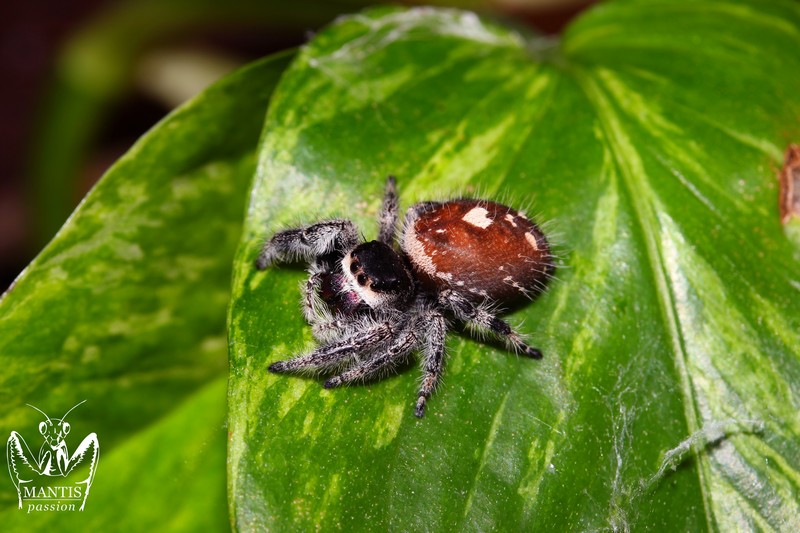
Habitat P. regius is most commonly found in relatively open areas, such as fields and light woodland, with adults usually preferring trees or the walls of buildings as hunting grounds. They build silken nests at night in which to sleep, often in palm fronds or similar areas.
Regal Jumping Spider Bite

The Phidippus regius - belonging to the genus Phidippus and commonly referred to as regal jumping spiders - are large jumping spiders commonly found in the southeastern United States with more vibrant colors found among the females in southern Florida.
Regal Jumping Spider Bite
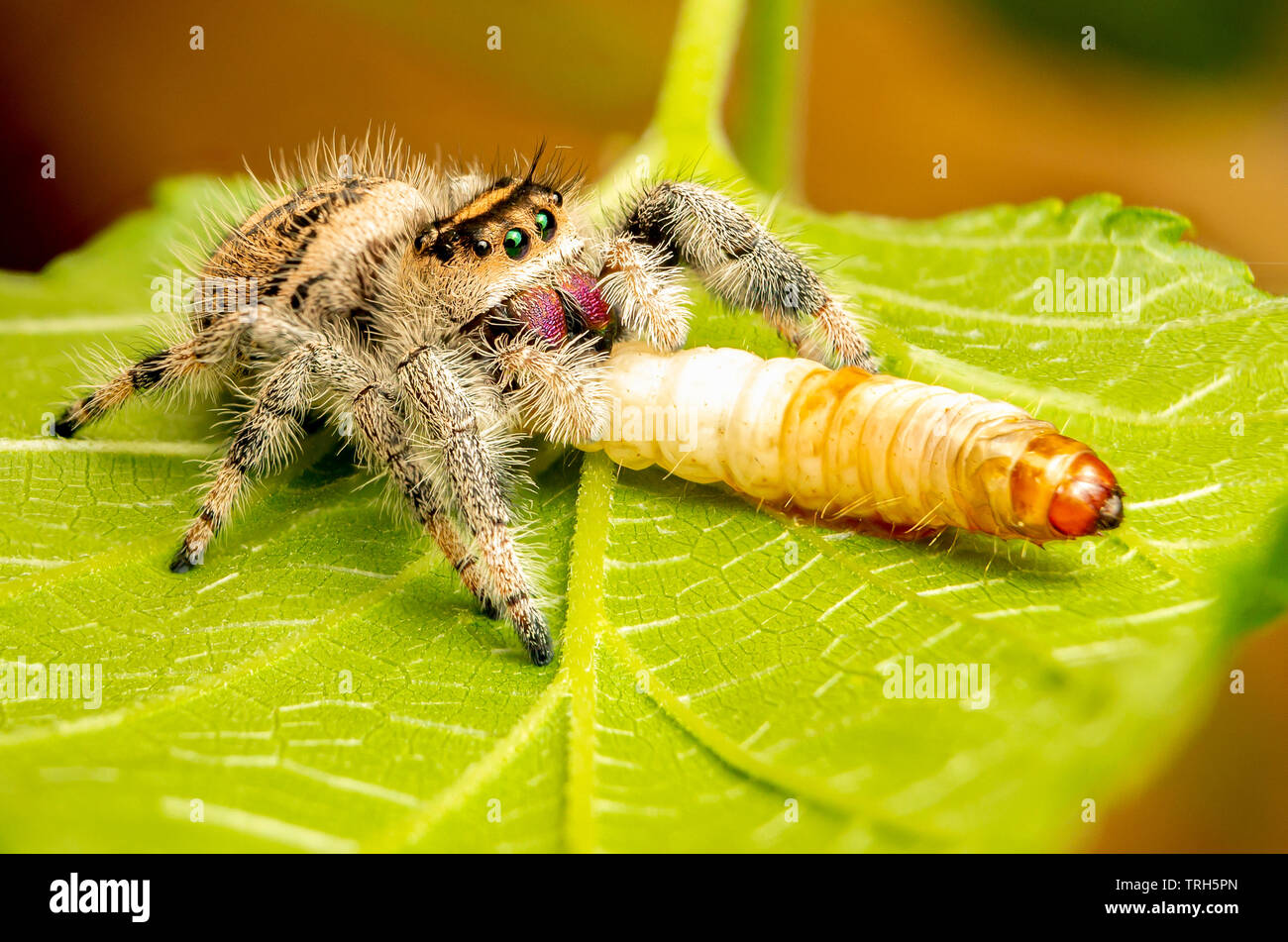
Phidippus regius is one of the few spiders that can be sexed in the early instars. Juvenile females of more southern populations attain a scale cover as early as the 3rd instar; males are stark black and white throughout their life cycle. Identification (Back to Top) Jumping spiders can be recognized easily by their eye arrangement.
Phidippus Regius Spiders Web HQ
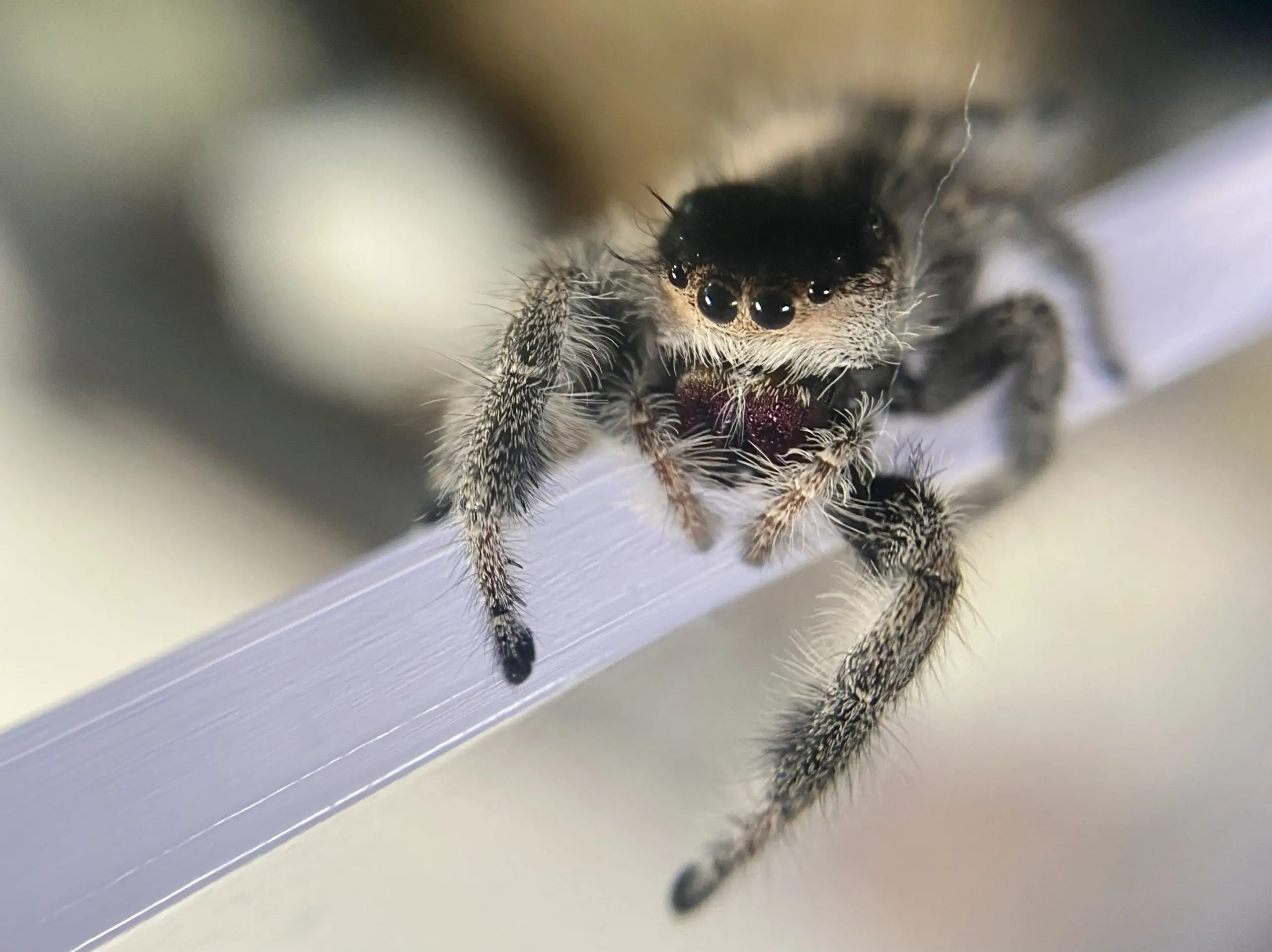
The Phidippus regius have different colors; the male is black and has white spots and stripes on their bodies, whereas the female spiders have a similar pattern of shades, or vivid orange and gray. Three spots on the back of the abdomen of male and female spiders resemble a smiling face, giving this spider a charming look.
Phidippus regius male Spooder Nest

Phidippus regius, also known as the Regal Jumping Spider, is a very popular and well-received type of spider. In fact, it's the most commonly-kept species of jumping spider! The popularity of this spider isn't surprising in the least.
Do Phidippus (regius or audax) spider bites hurt a lot? Quora
For example, according to Washington State University, Phidippus audax is a common type of jumping spider also called an "orchard spider." The animal often has an orange and white spot on its.
Phidippus regius pair Arachnoboards
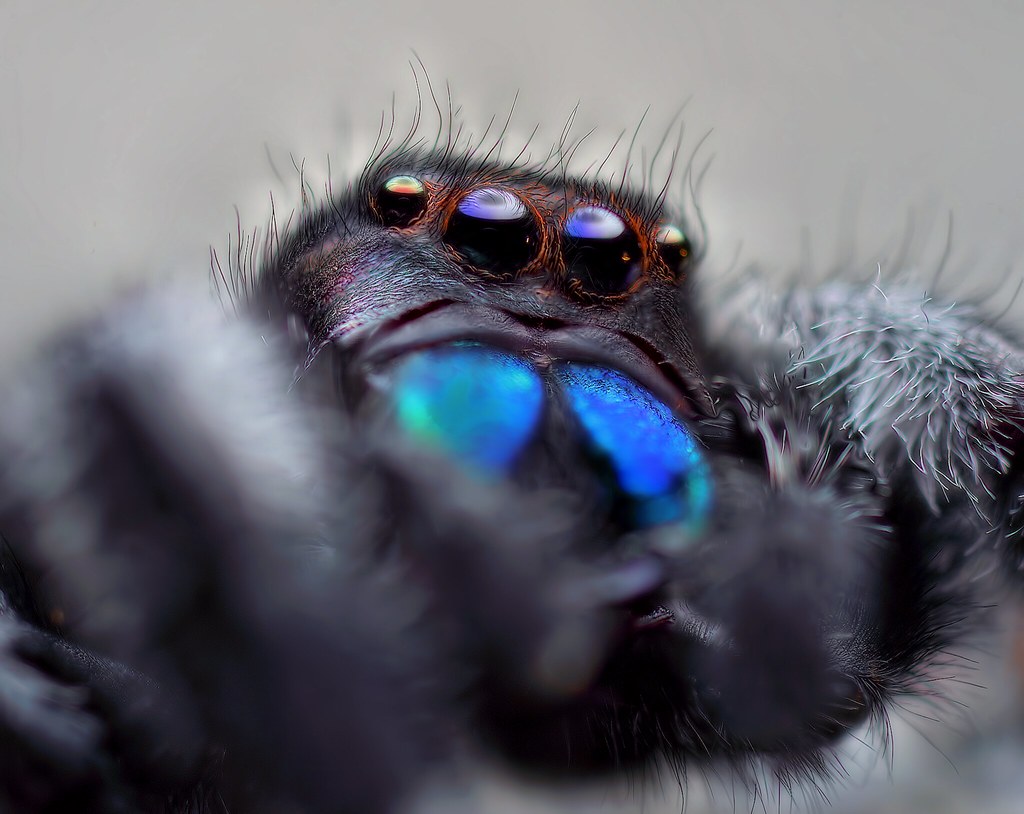
Females measure from 8 to 15 mm in length, and males are between 6 and 13 mm. These spiders are hairy; cephalothorax and abdomen are black with little, white hairs. The cephalothorax is high, heavy, and convex. The abdomen is distinctly marked. In the middle of the abdomen, there is a large, triangular white spot, with two smaller spots.
Regal Jumping Spider Phidippus regius (1cm leg span)
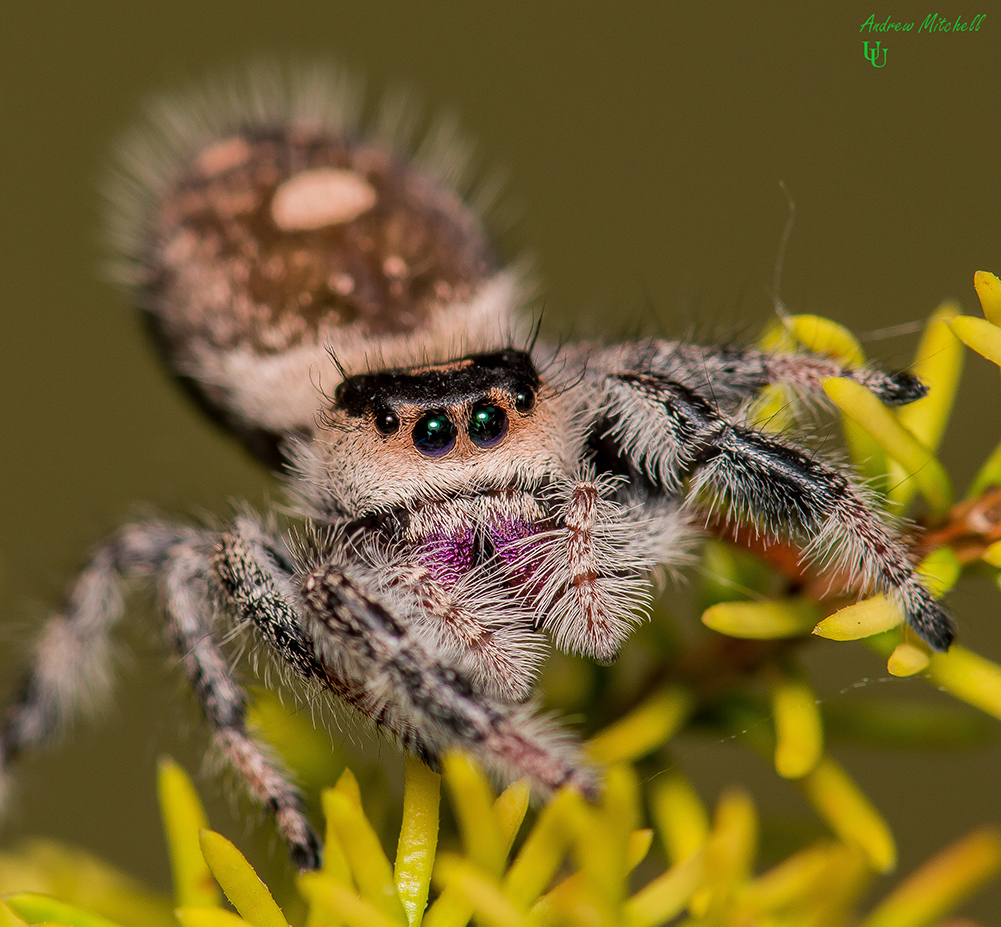
Phidippus is a genus in the family Salticidae (jumping spiders). Some of the largest jumping spiders inhabit this genus, and many species are characterized by their brilliant, iridescent green chelicerae. Phidippus is distributed almost exclusively in North America, with the exception of two exported species (Phidippus audax and Phidippus regius). As of January 2021, there were about 80.
Phidippus regius Florida Springspinnen Shop Holy Mantis

What Is a Regal Jumping Spider? A regal jumping spider, with the scientific name Phidippus regius, is a popular member of the Salticidae, the largest family of spiders. These arachnids have striking physical attributes that attract many exotic pet enthusiasts. However, due to their size, behavior, and diet, they have special care requirements.
Phidippus regius Phyliok.

Physical Description and Identification Are Regal Jumping Spiders Venomous? Can Regal Jumping Spiders Bite? Ecological Importance and Behavior of Regal Jumping Spider Quick Facts Did You Know Physical Description and Identification Adults Size: Females are 0.28-0.87 in (0.7-2.2 cm) and males are 0.24-0.71 in (0.6-1.8 cm).